Office Locations
55 Pleasant Street
Concord, NH 03301
275 Chestnut Street
Manchester, NH 03101

The Probation and Pretrial Office will remain open for business until further notice. Please see the Court's Shutdown Order for additional information.
Testing and Treatment contractors should review the Lapse in Appropriations Notice to Contractors.
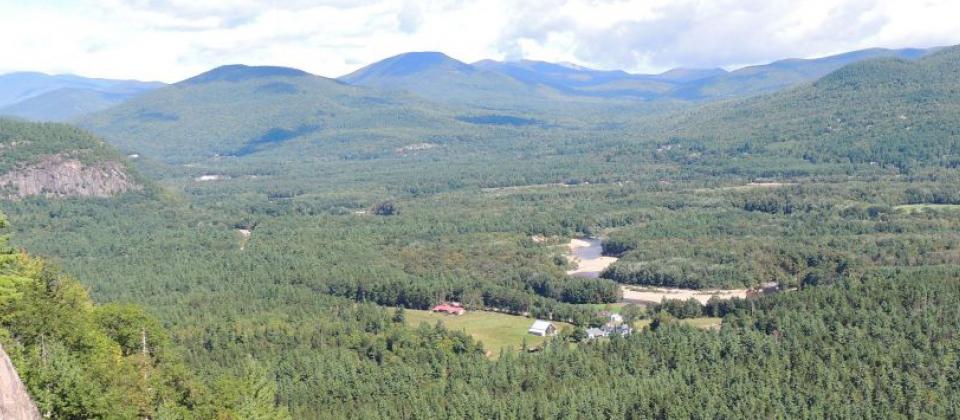
The Granite State:
It's commonly known as the Granite State for its extensive granite formations and quarries, but also has three other nicknames: Mother of River, the White Mountain State and Switzerland of America.
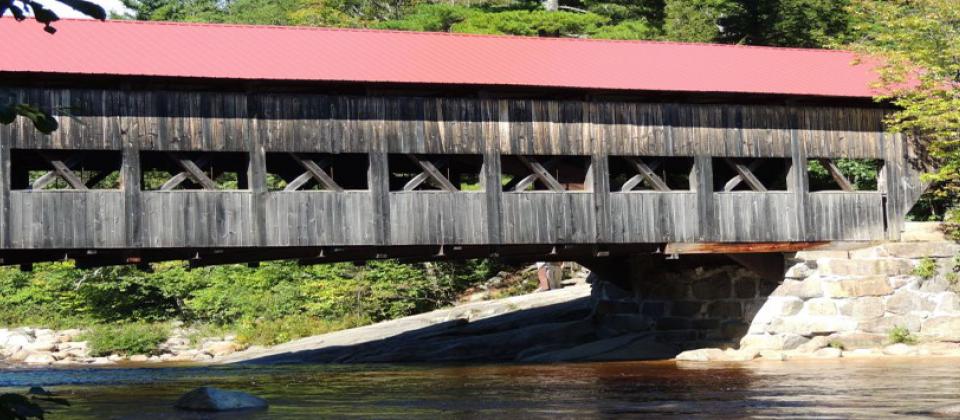
New Hampshire has 93 state park properties that provide a variety of recreational opportunities for all ages and abilities. The park system includes beaches, campgrounds, historic sites, waysides, natural areas, a multitude of trails, and much more to explore.
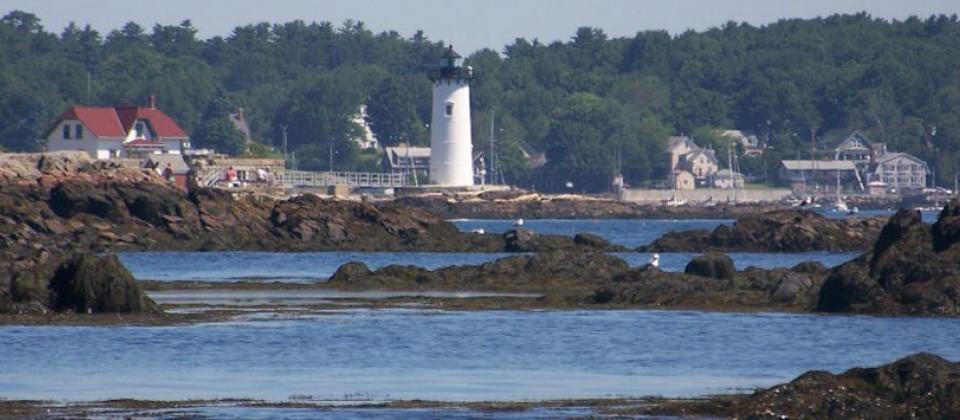
The Seacoast Region is the southeast area of the U.S. state. New Hampshire’s official tally is 18.57 miles of "Atlantic shoreline" designated on the Coastal Access Map put out by the Department of Environmental Services.
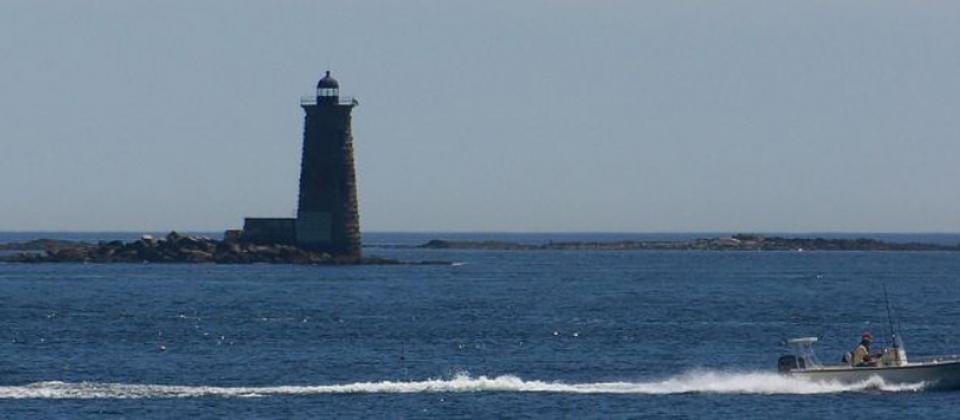
The Coastal Lowlands cover the southeastern corner of the state, where it touches the Atlantic Ocean. Here you can find sandy beaches along the coastline and wetlands farther inland.

Whaleback Lighthouse.

Nickname: The Granite State
Statehood: 1788; 9th state
Population (as of July 2016): 1,334,795
Capital: Concord
Biggest City: Manchester
State bird: purple finch
State flower: purple lilac
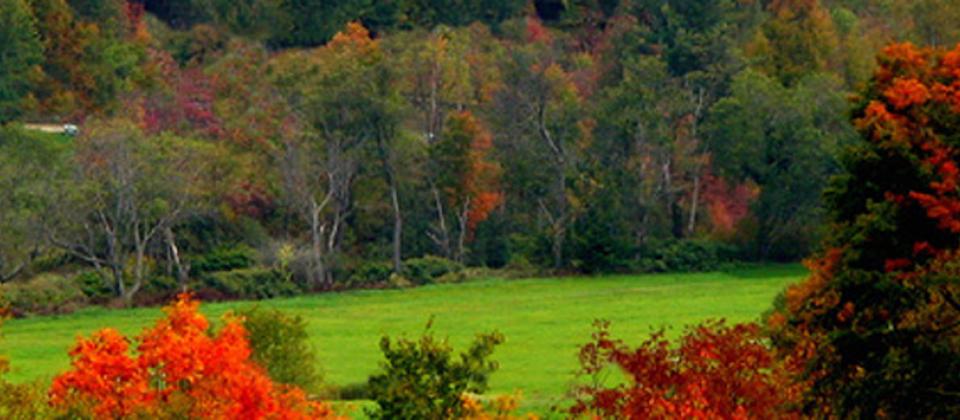
In 1776, during the American Revolution, New Hampshire became the first colony to create a constitution and declare its independence from Great Britain. In 1788 it was named the ninth U.S. state.
New Hampshire is nicknamed the Granite State because it has a history of granite mining.
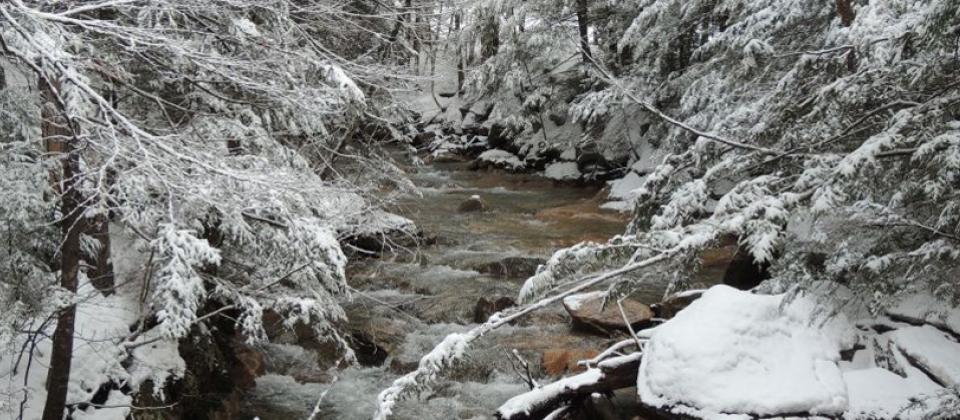
The Eastern New England Upland covers central and southern portions of the state. It includes Merrimack Valley; the Hills and Lakes Region, which features Lake Winnipesaukee; and the Connecticut River Valley, which forms New Hampshire’s western border. This region also contains Mount Monadnock, one of the world’s most-climbed mountains!
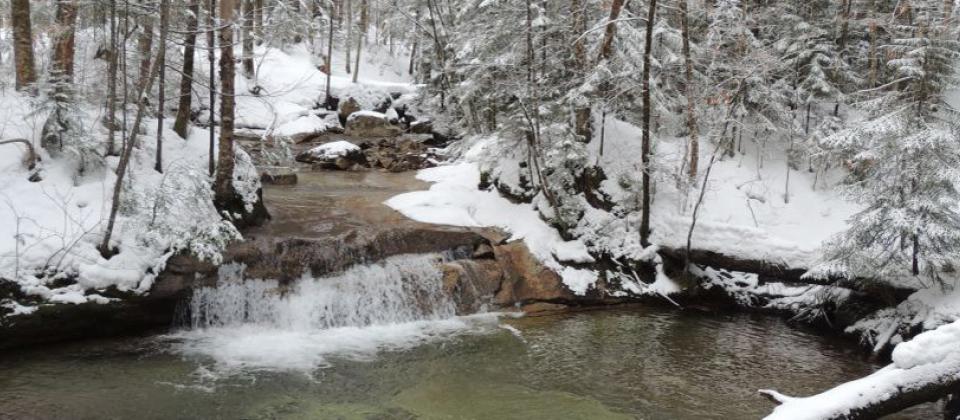
Eastern white pine, sugar maple, white oak, blue spruce, and black walnut are a few of New Hampshire’s trees. You can also find wildflowers such as purple aster, evening primrose, buttercup, and an orchid called pink lady’s slipper (the state wildflower).

—New Hampshire’s famous names include President Franklin Pierce, journalist Horace Greeley, and author Dan Brown.
—Strawbery Banke in Portsmouth is the site of the state’s original settlement.
—Mount Washington recorded a surface wind speed of 231 mph / 371 kph.
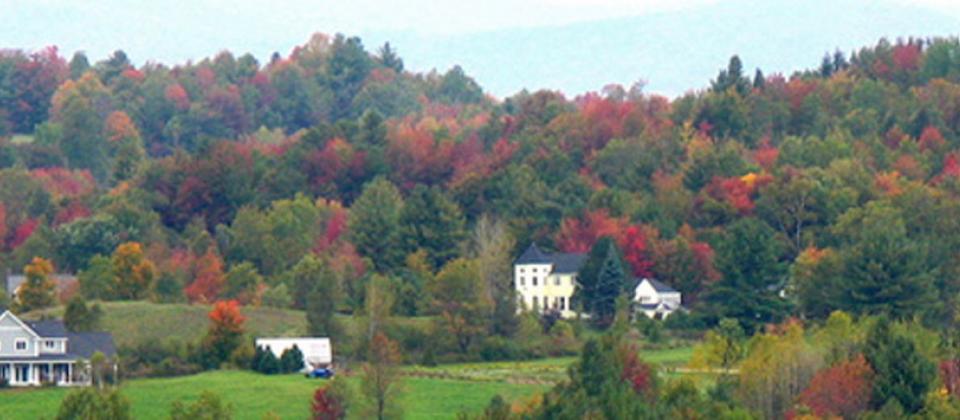
WHY’S IT CALLED THAT?
Englishman John Mason named New Hampshire after Hampshire county in England where he’d lived as a boy. He invested in building on the land, but never left England to see it.

The forested White Mountains in the north include Mount Washington. At 6,288 feet tall, this is New England’s highest point. The White Mountains also used to feature the Old Man of the Mountain, a granite formation that looked like a man’s face. But in 2003 the stones collapsed.
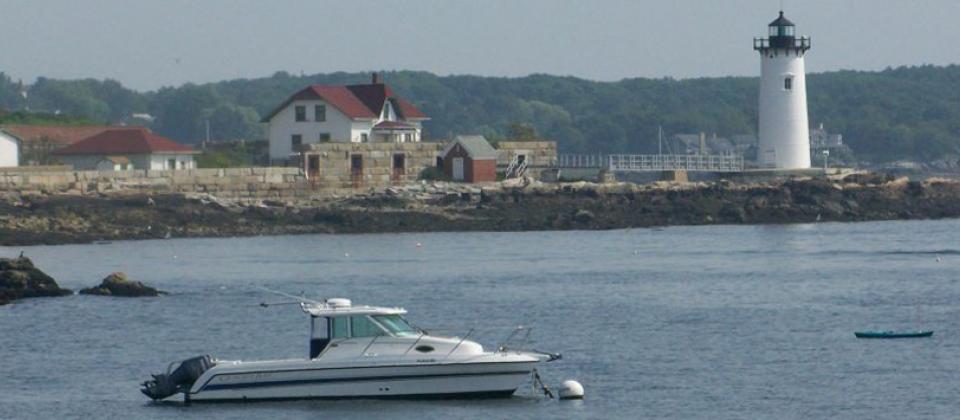
New Hampshire is bordered by Canada in the north, Maine and the Atlantic Ocean in the east, Massachusetts in the south, and Vermont in the west. It can be divided into three different regions.

The Old Man of the Mountain, also known as the Great Stone Face or the Profile.

The state is home to birds such as great horned owls, hairy woodpeckers, and nighthawks; mammals like eastern red bats, raccoons, white-tailed deer, and moose; common reptiles include black racer snakes, painted turtles, and snapping turtles. Amphibians like bullfrogs, salamanders, and American toads live throughout the state.